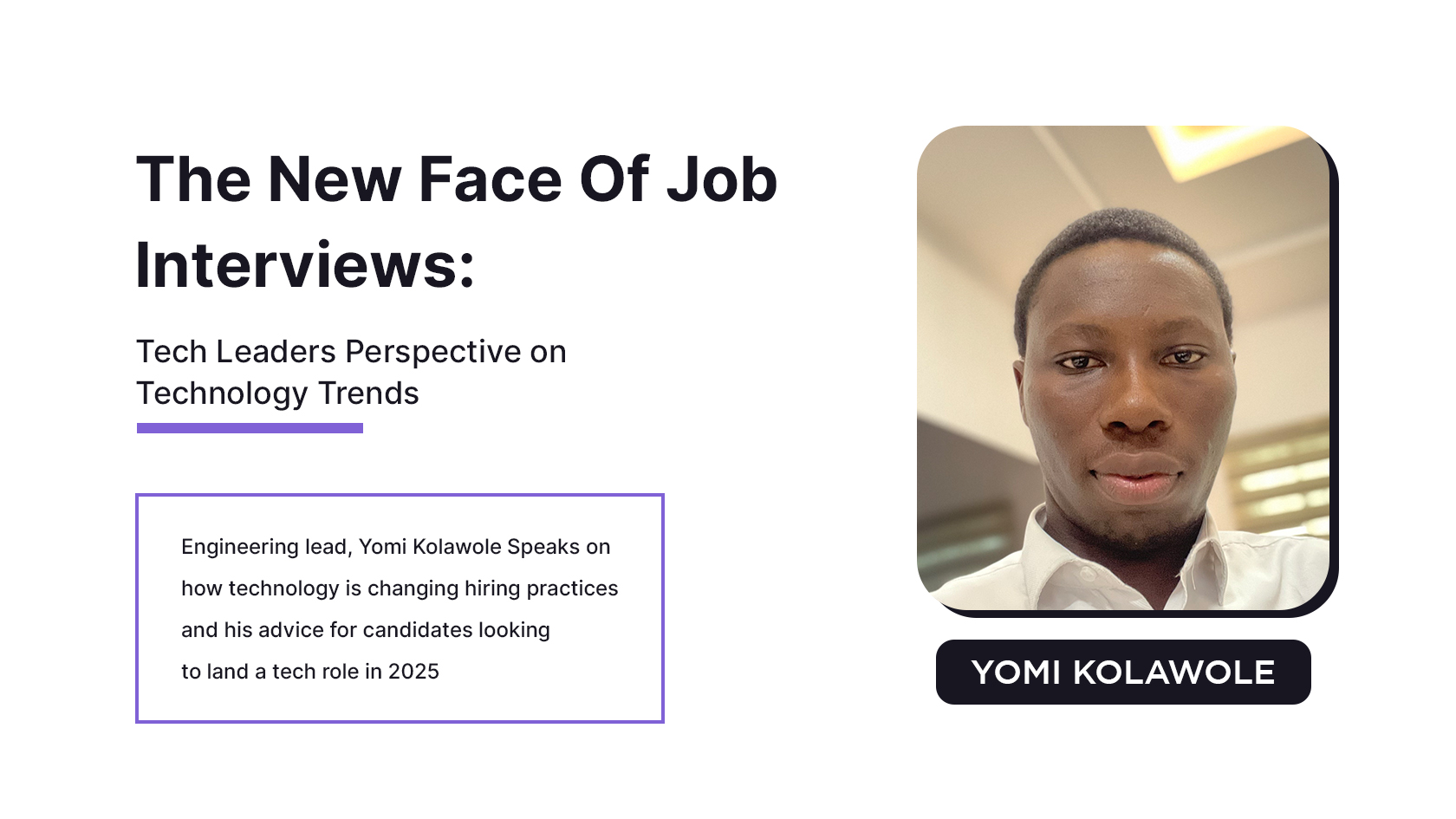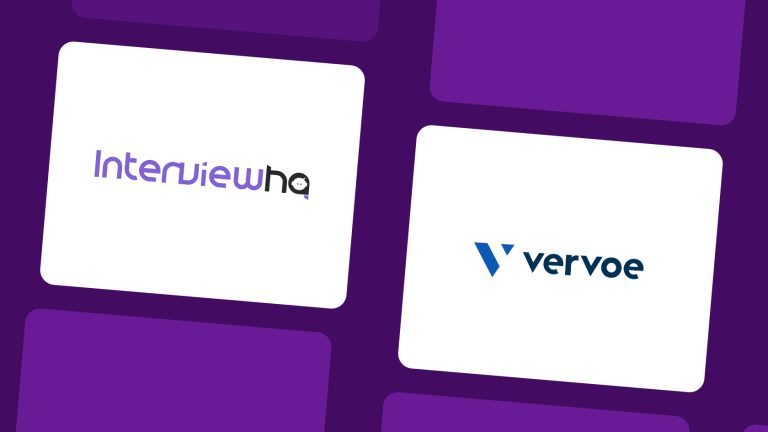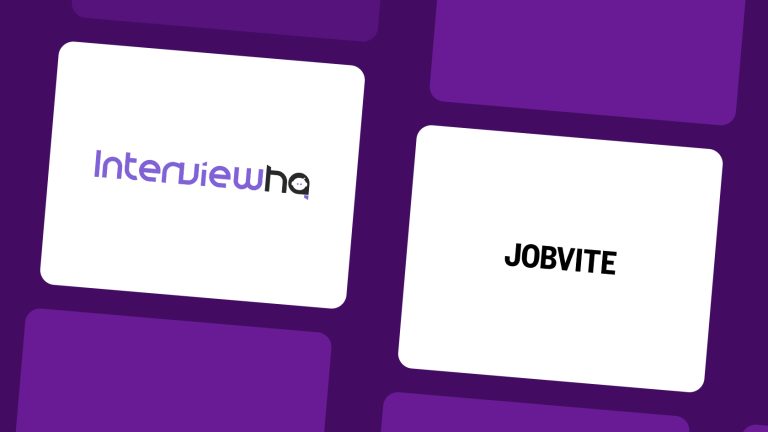Hiring tools are reshaping the way tech companies build and manage their teams. To understand this transformation from a leadership perspective, we spoke with Yomi Kolawole, the Engineering Lead at Borderless HR. With nine years of experience in software development and management, Yomi offers valuable insights into the dynamics of tech hiring, remote team management, skills that will be in demand in 2025, strategies for remote hiring, and the constant importance of cultural fit.
What are the current challenges in the interview process? How are you hoping that these challenges will be solved in 2025?
Yomi Kalawole: There are challenges on both sides of the interview process – for candidates and for hiring managers.
On the candidate side, one of the challenges is lateness. Some candidates fail to join interviews on time, citing network problems or forgetfulness. Another issue is lack of preparation. Despite being informed about the interview format, some candidates come unprepared. For example, you’re asking a candidate to come for a live coding session… They should know that they should be with their laptop, not with their phone. We also see issues with resume misrepresentation. People tell a lot of stories on their resumes, things that they are not able to perform or do.
There is sometimes a lack of adequate preparation on the hiring manager’s side, as well as the overwhelming number of interviews. In a week, I can interview as many as 30 people or even more, especially when trying to fill critical roles quickly. We also sometimes fail to adequately brief candidates about the interview format.
Of course, these challenges can be solved. Quite a number of them can be solved because it also has a lot to do with the structure within the company or the individual trying to hire. There needs to always be a process in place that helps to guide the interview process.
Looking ahead to 2025:
I believe many of these issues can be resolved through well-designed, structured processes. We need to implement defined timelines for various stages of the recruitment process. For instance, how long does it take to respond to a candidate to say they are qualified or not? By establishing and following set procedures, companies can ensure consistency and fairness in their hiring practices.
These structured approaches will benefit both candidates and hiring managers. Clear guidelines and timelines can help candidates feel more informed and respected throughout the process. Standardized procedures can streamline the HR recruiting process, making it easier for managers to conduct effective interviews. With clear structures in place, there’s less room for misunderstandings between candidates and hiring teams.
That’s an interesting perspective on both the current challenges and potential solutions.
How do you see the impact of AI on talent acquisition?
Ready to streamline your interview process and ask more effective questions? Try InterviewHQ today and experience the future of interviewing first hand.
Yomi Kalawole: AI is having a significant impact on talent acquisition, particularly in the areas of candidate assessment and interviewing.
In terms of candidate assessment, some tools are already AI-powered. They can tell you, “Oh, this person is best for the role. Right. Best for the role. And this is the second best and then the third best.” At Borderless HR, we try to give profile matches that match your role based on the skills. This allows for a more efficient initial screening process, helping hiring managers focus on the most suitable candidates.
We’re also developing an exciting AI-powered interviewing tool. We have an AI bot that we are trying to build currently that helps to, instead of having a physical human being interviewing a candidate… the AI bot just does the interview. This tool includes audio-based assessments where candidates record audio responses to essay questions. The AI then interprets the audio and checks if the answers align with the correct responses, providing an automated evaluation at the end of the interview.
AI-driven tools are not meant to replace recruiters:
However, it’s important to note that these AI-driven tools are not meant to replace recruiters. The final decision still lies on the person who is hiring. The tools will provide you statistics and things like that. So it’s left to you to decide which of those things you need. This balance between AI-driven insights and recruiters’ decision-making is crucial in ensuring that hiring decisions take into account not just skills and experience, but also the less quantifiable aspects of cultural fit and potential.
There are also challenges to consider. For instance, there’s an emerging trend of candidates using AI tools like ChatGPT during interviews. To address this, when at least you try to ask a candidate to turn on their videos, you can reduce how well they use the AI. We’re also looking into ways AI can be trained to detect if candidates use AI-generated responses, potentially invalidating such answers.
So the good side, they are the bad side. I think it’s always the way we all use it and improve our lives and businesses.
That’s fascinating.
What are your predictions for interview formats and tools in 2025? And what do you think will be the top most important skills and best tools in 2025?

Yomi Kalawole: Looking ahead to 2025, I predict a significant shift towards AI-enabled interviewing tools. I envision a future where humans don’t put so much effort in hiring any longer. You just want to wake up in the morning and see, oh, this candidate is the best, just sign the offer.
Key areas where AI is likely to make a big impact include conducting initial interviews and profiling candidates, matching candidate profiles to job roles, and providing comprehensive evaluations.
As for the top most important skills in 2025, I would say:
- JavaScript: Despite the constant evolution of web technologies, I believe JavaScript will maintain its throne. The best tool is still JavaScript libraries. Specifically, Node.js for the Backend will continue its dominance in server-side development. For Frontend, React.js is still very much in line, indicating its ongoing relevance for building user interfaces.
- Web3 Technologies: Web3 is used for things like… making the page more responsive to the user, more interactive. It’s important not just to learn Web3, but also to understand how to integrate it with existing technologies, combining Web3 with JavaScript to create more responsive and interactive user experiences.
- Machine Learning and AI Integration: As AI continues to reshape the tech landscape, machine learning skills will become increasingly crucial. I’ve started seeing job descriptions with, ‘Oh, can you develop this? And you have AI experience.’ The ability to integrate AI tools like ChatGPT into existing systems will be highly valued.
- The “Software Engineer Plus” Trend: I’m observing a shift in what companies are looking for. Big companies don’t want to just hire a software engineer any longer. They want a software engineer with some spices, some touch of AI. This trend toward multifaceted developers who can bridge traditional software engineering with AI and machine learning is likely to accelerate by 2025.
That’s an interesting perspective on future skills and tools.
How relevant is culture fit going to be in 2025? What are your strategies for assessing soft skills and cultural fit remotely? And what role do recruitment tools play in improving hiring decisions?
Yomi Kalawole: Absolutely, cultural fit will still be relevant in 2025. When you talk about culture, you also have behavior. You have an attitude and things like that. A lot of the things that, you know, tangled with the word, you know, culture. Cultural fit encompasses more than just skills or work style; it’s about how individuals interact with their team and respond to work situations, and the approach employees take towards their responsibilities and colleagues.
For assessing soft skills and cultural fit remotely, I have several strategies. First, I believe more in live coding sessions for technical interviews. They might not even write the code 100%, but with the explanations of how they are taking the steps one by one, I can actually tell, oh, this person knows what they are doing. This approach prevents candidates from using AI tools or getting help from others, which can happen with take-home assignments.
Beyond coding, I emphasize the importance of conversation during the interview. This allows me to assess not just technical skills, but also communication ability and thought processes. When hiring for remote positions, I focus on evaluating candidates’ ability to thrive in a distributed team. We actually want to know how well they have worked in a remote, fully remote environment.
Communication is key in a remote environment, we can’t see each other. So it means, like, you have to, like, over-communicate. You have to respond to every message, you have to be online as much as possible. You have to respond to emails, you have to check your Slack, like every time.
To assess problem-solving skills and cultural fit, I use scenario-based questions. These questions reveal how candidates approach challenges and work within a team.
Emphasize the culture of a company:
One of the ways to also emphasize the culture of a company is to make sure that they’ve read the handbook of a company while joining. Questions should be centered on the handbook to know if that person has read it. This approach helps set clear expectations and ensures that new hires are aligned with the company’s values and practices from day one.
As for recruitment tools, they play a significant role in improving hiring decisions. They help streamline the initial screening process, provide data-driven insights, and even conduct preliminary interviews. However, it’s important to remember that these tools should supplement, not replace, recruiter’s insight in the hiring process.
That’s a comprehensive approach to remote hiring and cultural fit.
What are the interview practices that a global, remote workforce should adapt to?
Yomi Kalawole: For a global, remote workforce, there are best practices that both candidates and hiring managers should adapt to. Let’s start with candidates:
- Be Prepared: Candidates, most, you know must be ready. This includes technical preparation as well as ensuring your interview environment is suitable.
- Maintain a Friendly Demeanor: They must be very friendly because you don’t know who you are going to meet. Don’t squeeze your face. It’s important to have a positive, open expression.
- Create a Suitable Environment: Have a good background. Ensure your space is professional and free from distractions.
- Understand the Job Description: Make sure you understand the job description. Knowing the role’s requirements and the company’s expectations is crucial.
- Research the Company: Understand what the company is built around, right? What are they doing? This knowledge can inform your responses and give you an edge in the interview.
- Be Punctual and Communicative: If you need to reschedule, do so well in advance. Don’t wait for five minutes to determine.
For hiring managers, there are also important practices to adopt:
- Provide Clear Instructions: Ensure candidates know what to expect, especially regarding video interviews.
- Be Prepared: Just as candidates should be ready, hiring managers should thoroughly review the candidate’s information and the job requirements before the interview.
- Create a Welcoming Atmosphere: Given the potential nervousness of remote interviews, strive to make candidates feel at ease.
- Ask Precise Questions: The questions must be adequate, very straightforward. This ensures that interviews are focused and yield useful information.
- Leverage Technology Wisely: We should make good use of AI tools to enhance our interviews. This could include using AI for profiling, scheduling, and even conducting initial interview screenings like InterviewHQ.
- Have Clear Procedures: Processes must be in place. This highlights the need for a structured approach to hiring.
- Avoid Overwhelming Candidates: You have just one candidate, and you see, like, six people on that call… Before you know it, the candidate’s head is already hot. We should avoid having too many interviewers or asking an excessive number of questions.
In terms of leveraging technology, I see great potential in using AI to enhance the hiring process. Companies can start investing in things like AI bots for interviewing candidates. By leveraging these tools, hiring managers can focus on other areas of the business.
Those are comprehensive practices for both candidates and hiring managers.
What feedback would you give to candidates and hiring managers in 2025?
Yomi Kalawole: For talents looking to land roles now or in 2025, I have several pieces of advice:
- Develop In-Depth Knowledge: You must know things in depth. You must know why, how, and what these things are used for. This deep understanding is what separates senior roles from more junior positions.
- Push Your Boundaries: You must be ready to step out of that comfort zone. Whether it’s additional reading, exercises, or training, be prepared to put in the extra effort to move to the next level.
- Leverage Learning Tools: Use platforms like HackerRank that helps to also scale your level of performance in terms of how you know how to program, how you know how to write code, how you know how to write data structures.
- Aim Higher: Candidates can begin to aim higher. Set your sights on more senior roles and start preparing accordingly.
For hiring managers, I would advise:
- Embrace Smarter Hiring: They must just be ready to do things in a more smart way for hiring. This means leveraging new technologies and strategies to improve the hiring tools.
- Improve Profiling Techniques: Profiling is like everything. Critically evaluate your current profiling methods and look for ways to improve.
- Learn from Experience: Reflect on past hiring decisions, identifying what worked and what didn’t. From that they can sieve out their old one and begin to put things in place that can help them to profile correctly.
- Explore New Resources: Try a better recruiting agency. Also, explore new platforms beyond the usual options like LinkedIn.
The key for both talents and hiring managers is to stay adaptable and keep learning. The tech industry is constantly evolving, and those who can keep up with these changes will be best positioned for success in 2025 and beyond.
Wrapping Up
As we’ve explored through Yomi’s insights, tech hiring is rapidly evolving. From AI-powered hiring tools to the importance of cultural fit, the future of recruitment balances technology with fundamental skills. As we approach 2025, hiring managers and candidates must adapt to these changes, leveraging new hiring tools while not losing sight of the hiring intuitions.
InterviewHQ’s AI-powered platform addresses the challenges of remote hiring head-on. From facilitating live coding sessions to assessing cultural fit, our comprehensive hiring tools streamline your recruitment process. Ready to revolutionize your tech hiring? Sign up for a 30-day FREE trial of InterviewHQ today.




